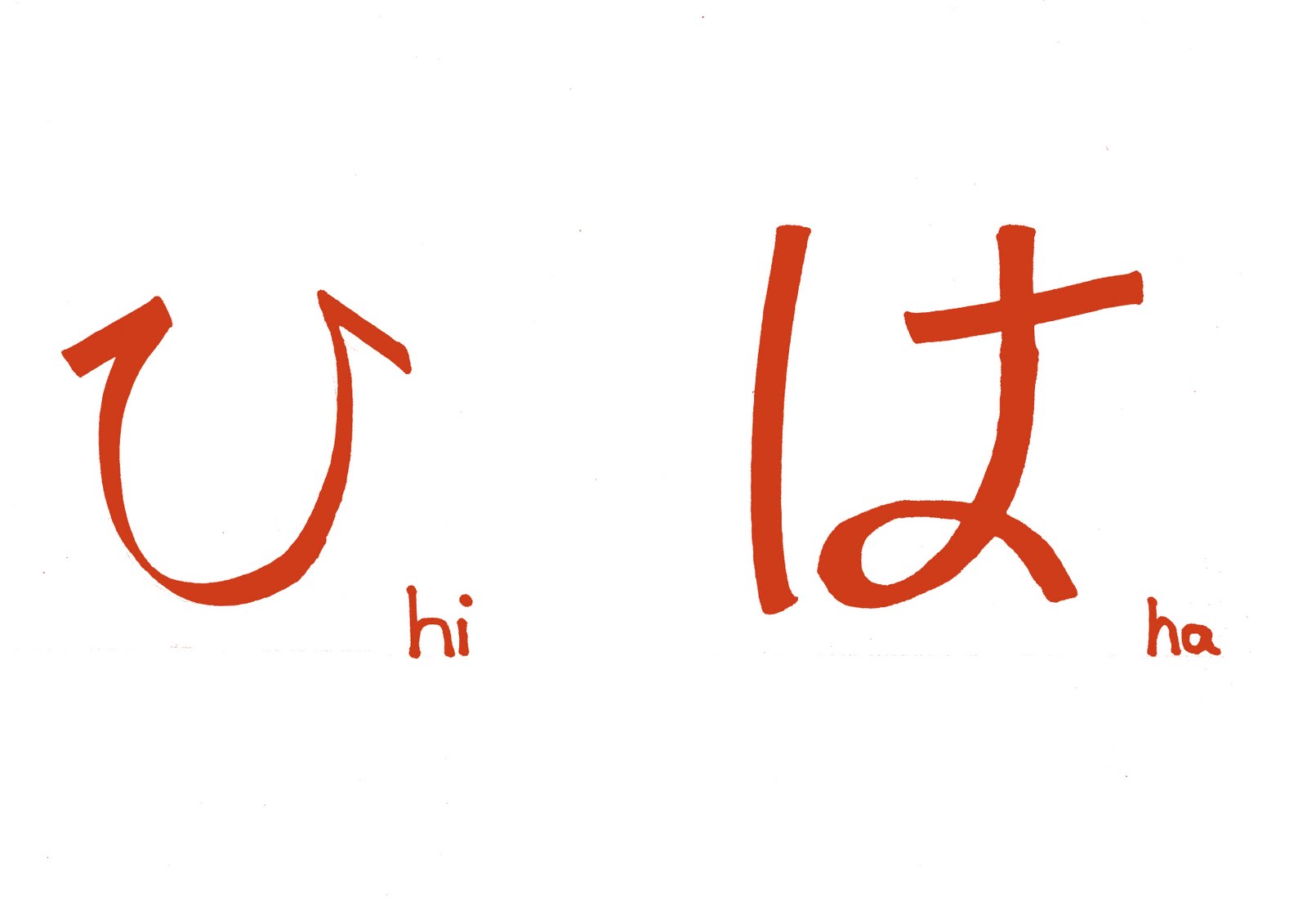When exploring the rich tapestry of languages around the world, understanding greetings is essential for meaningful communication. In Japanese, saying "hi" goes beyond a simple acknowledgment; it embodies cultural nuances and social etiquette. With Japan's unique blend of tradition and modernity, greetings can vary based on context, making it crucial to grasp the different ways to convey "hi" in Japanese.
The Japanese language is filled with expressions that reflect respect, familiarity, and formality. This is particularly evident in greetings, where the choice of words can signal the relationship between speakers. As we delve into the various ways to say "hi" in Japanese, we will uncover the intricacies of conversational norms and the beauty of this language.
Culture plays an integral role in language, and Japan is no exception. Knowing how to say "hi" in Japanese can enhance your interactions, whether you're traveling, conducting business, or simply engaging with Japanese friends. In this article, we will explore the different expressions for greeting someone in Japanese, their appropriate contexts, and the significance behind them.
What is the Common Way to Say "Hi" in Japanese?
In Japanese, the most common way to say "hi" is "こんにちは" (konnichiwa). This greeting is typically used during the day and is a versatile expression that can be used in both formal and informal settings. The word itself breaks down into "今" (kon), meaning "now," and "日" (nichi), meaning "day," thus conveying a sense of "good day." Understanding when to use this greeting is crucial for effective communication.
Are There Other Ways to Say "Hi" in Japanese?
Absolutely! While "こんにちは" is widely recognized, there are several other expressions that can be used to greet someone:
- やあ (Yā) - A casual greeting similar to "hey," often used among friends.
- おはようございます (Ohayō gozaimasu) - A formal way to say "good morning."
- こんばんは (Konbanwa) - Used to say "good evening."
- もしもし (Moshi moshi) - A greeting used when answering the phone.
When Should You Use Each Greeting?
Using the correct greeting in Japanese depends on the time of day and the context of the conversation. Here’s a quick guide:
- Morning: Use "おはようございます" before noon.
- Afternoon: "こんにちは" is appropriate from noon until evening.
- Evening: Switch to "こんばんは" as the sun sets.
- Phone Conversations: Always start with "もしもし" when answering a call.
What is the Cultural Significance of Saying "Hi" in Japanese?
The act of greeting someone in Japanese is steeped in cultural significance. It reflects a sense of respect and acknowledgment of the other person’s presence. In Japanese society, greetings are more than just words; they are a way to establish rapport and show consideration for others. This cultural aspect emphasizes the importance of being polite and aware of social hierarchies.
How Do Greetings Reflect Japanese Values?
Japanese greetings often convey values such as respect, humility, and harmony. For example, bowing when saying "こんにちは" not only enhances the greeting but also demonstrates respect for the other person. This behavior is deeply rooted in Japanese tradition and showcases the importance placed on social interactions.
What Are Some Common Mistakes When Greeting in Japanese?
When learning to say "hi" in Japanese, newcomers often make a few common mistakes:
- Using Casual Greetings in Formal Settings: It's essential to match the greeting to the context to avoid appearing disrespectful.
- Forgetting to Bow: Bowing adds a layer of respect and is often expected.
- Overusing Informal Greetings: Using "やあ" (Yā) with someone you don't know well can be seen as too familiar.
What Are Some Interesting Facts About Japanese Greetings?
Japanese greetings are rich in history and variety. Here are a few interesting facts:
- The phrase "お疲れ様です" (Otsukaresama desu) is often used among coworkers to acknowledge each other’s hard work.
- In Japan, it is customary to bow slightly while greeting, which varies in depth depending on the social status of the person being greeted.
- During holidays, special greetings are used, such as "明けましておめでとうございます" (Akemashite omedetou gozaimasu) for New Year’s celebrations.
How Can You Practice Saying "Hi" in Japanese?
Practicing greetings in Japanese can be fun and engaging. Here are some effective ways to improve your skills:
- Language Exchange: Partner with a native Japanese speaker to practice greetings and conversation.
- Online Resources: Utilize language learning apps that focus on Japanese greetings.
- Watch Japanese Media: Observe how greetings are used in anime, dramas, or movies.
What Are the Benefits of Learning Japanese Greetings?
Learning how to say "hi" in Japanese and understanding the context behind it can greatly enhance your experience in Japan or with Japanese speakers. Benefits include:
- Building Relationships: Greetings are the foundation of communication, establishing rapport and goodwill.
- Respecting Culture: Understanding greetings shows appreciation for Japanese customs.
- Improving Language Skills: Greetings are a gateway to learning more about the language and its structure.
In conclusion, saying "hi" in Japanese is a multifaceted aspect of communication that reflects cultural values and social norms. From "こんにちは" to "やあ," each greeting carries its own significance and context. By understanding these expressions, you not only enhance your language skills but also deepen your appreciation for the beautiful culture of Japan.
Exploring The Enigmatic Stephen Nedoroscik Eyes
Discover The Best Nail Salons Open Near You
Is Steve Harvey Still With Us? The Truth Behind The Rumors


